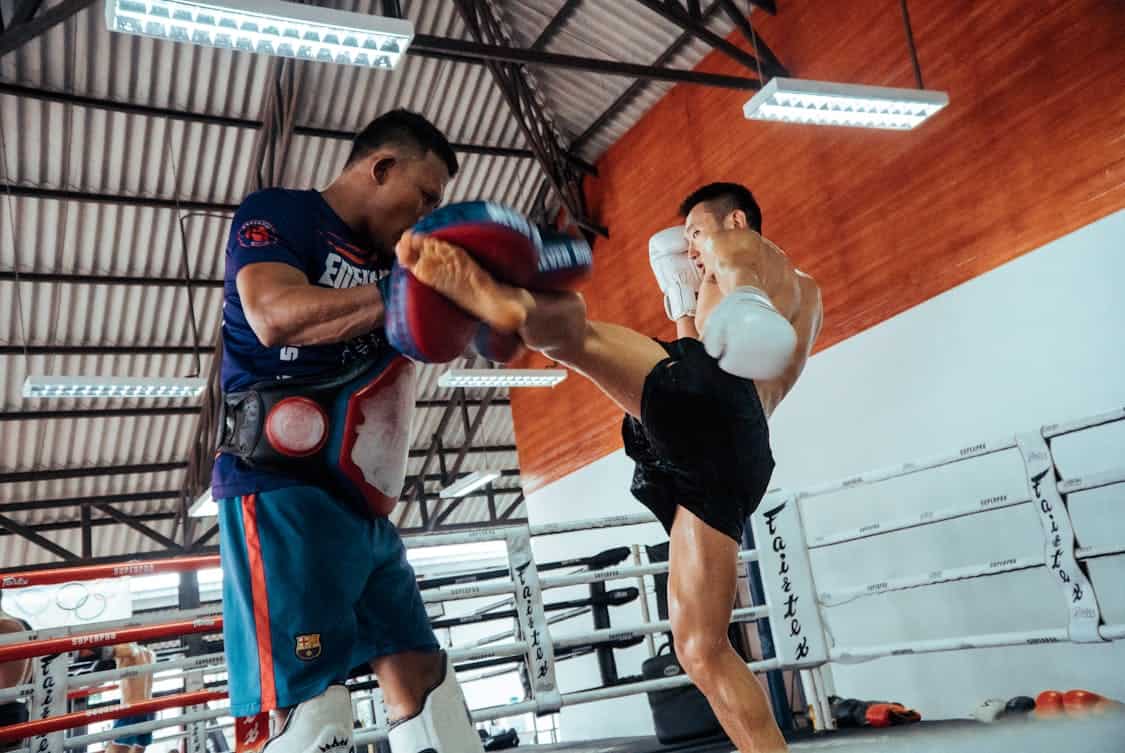When it comes to sports and activities that require protection and grip, gloves play a critical role. Among the many designs available, Velcro and lace-up gloves are two popular choices.
Each design offers unique benefits and drawbacks. This article dives into the differences between Velcro gloves and lace-up ones, evaluating their security and usability in various contexts.
The Basics of Velcro and Lace-up Gloves
Velcro gloves utilize a hook-and-loop fastening system. It consists of two fabric strips: one with tiny hooks and the other with soft loops.
This design allows users to adjust the fit easily. The convenience of Velcro makes it a favored choice among many.
On the other hand, lace-up gloves are secured using traditional laces. This method resembles tying shoelaces, providing a customizable fit that many athletes prefer.
The lace-up design allows for a tighter grip, which can be crucial during intense activities.
Security: A Key Comparison
When assessing security, one must consider how these gloves fit during use. Velcro gloves offer adjustable tightness, making them easy to take on and off.
However, the ease of use can come at a cost. If not fastened correctly, they may loosen during vigorous motion, leading to potential risks.
Lace-up gloves generally provide a snugger fit. The lace system allows for fine-tuning of tension across the glove, minimizing movement.
Once secured, these gloves are less likely to slip or shift, making them more reliable for high-impact activities.
Comfort and Fit: The User Experience
Comfort plays a significant role in choosing the right gloves. Velcro gloves shine in this area due to their quick adjustability. Athletes can modify the fit on-the-fly, accommodating swelling or changes in grip.
This adaptability is especially beneficial in long-duration sports events.
Conversely, lace-up gloves may take longer to adjust. The initial fitting requires time and effort, but once secured, many find the fit to be more reliable.
For those who value a tight, custom feel, lace-ups may outshine Velcro options, favoring a more controlled experience during performance.
Weight and Bulk: A Practical Evaluation
Weight and bulkiness of gloves can also impact performance. Velcro gloves tend to be lighter and less bulky, offering a more streamlined feel. This can enhance agility and speed, which is essential for certain sports like baseball or handball.
Lace-up gloves, while potentially bulkier, often provide additional support and padding. Depending on the sport, this added weight can sometimes be a necessary trade-off for enhanced protection against impact.
Durability: Long-Term Considerations
Durability is paramount, especially for athletes who depend on their gear. Velcro straps can wear out over time, leading to reduced effectiveness in securing the glove.
Exposure to dirt and moisture can also compromise the Velcro functionality, risking performance.
Lace-up gloves, constructed from high-quality materials, typically showcase greater longevity. The simplicity of the lace system reduces potential points of failure.
If treated well, lace-up gloves can last through many seasons, making them a worthwhile investment for serious athletes.
For those prioritizing durability and professional-grade craftsmanship, Revgear boxing gloves are a solid investment that holds up to rigorous training.
Versatility: Different Sports, Different Needs

The choice between Velcro and lace-up gloves can also depend on the sport in question. Velcro gloves are often found in sports like tennis, where players need to remove gloves frequently or adjust them based on conditions.
Their convenience makes them appealing for casual and recreational play.
In contrast, lace-up gloves are dominant in sports where grip and control are non-negotiable, such as boxing or martial arts. The security and fit provided by the laces contribute significantly to performance, allowing athletes to focus solely on their technique.
Safety Concerns: Risks Associated with Each Design
Both glove types come with unique safety concerns. Velcro gloves can detach unexpectedly if not securely fastened. This detachment poses a risk during high-energy activities, where losing grip could lead to injury.
Lace-up gloves, while generally more secure, can pose risks of their own. Improperly tied laces can lead to tripping or entanglement. Furthermore, if the lace snaps, the glove can become loose and ineffective, compromising safety.
Maintenance: Care and Upkeep
Maintaining gloves can prolong their life and performance. Velcro gloves require regular cleaning to remove debris from the fastening system. If the hooks get clogged, their ability to hold may diminish, affecting security.
Regular inspections of the Velcro can prevent issues down the line.
Lace-up gloves also require attention. Cleaning the outer material and ensuring that laces remain intact is essential. Occasionally, it might be necessary to replace the laces, ensuring that they provide a secure fit.
Careful handling can keep these gloves in peak condition for longer.
Cost Considerations: Budgeting for Gloves
When it comes to price, Velcro gloves often come at a lower initial cost. This affordability makes them an attractive option for beginners or those who play casually.
However, their longevity may not match that of lace-ups, which could lead to higher costs over time due to replacements.
Lace-up gloves typically demand a higher upfront investment, reflecting their durability and quality. For serious athletes, spending more on lace-ups can be cost-effective in the long run, as they often last longer and perform better under pressure.
Personal Preference: The Human Element
Ultimately, the choice between Velcro and lace-up gloves can boil down to personal preference. Some athletes prioritize convenience and quick adjustments, while others may lean towards the reliability of a tightly laced fit.
Individual experiences and comfort levels play a huge role in this decision. Trying out both types can help one determine which glove suits their needs best. The right fit is often about finding what feels natural and effective in practice.

